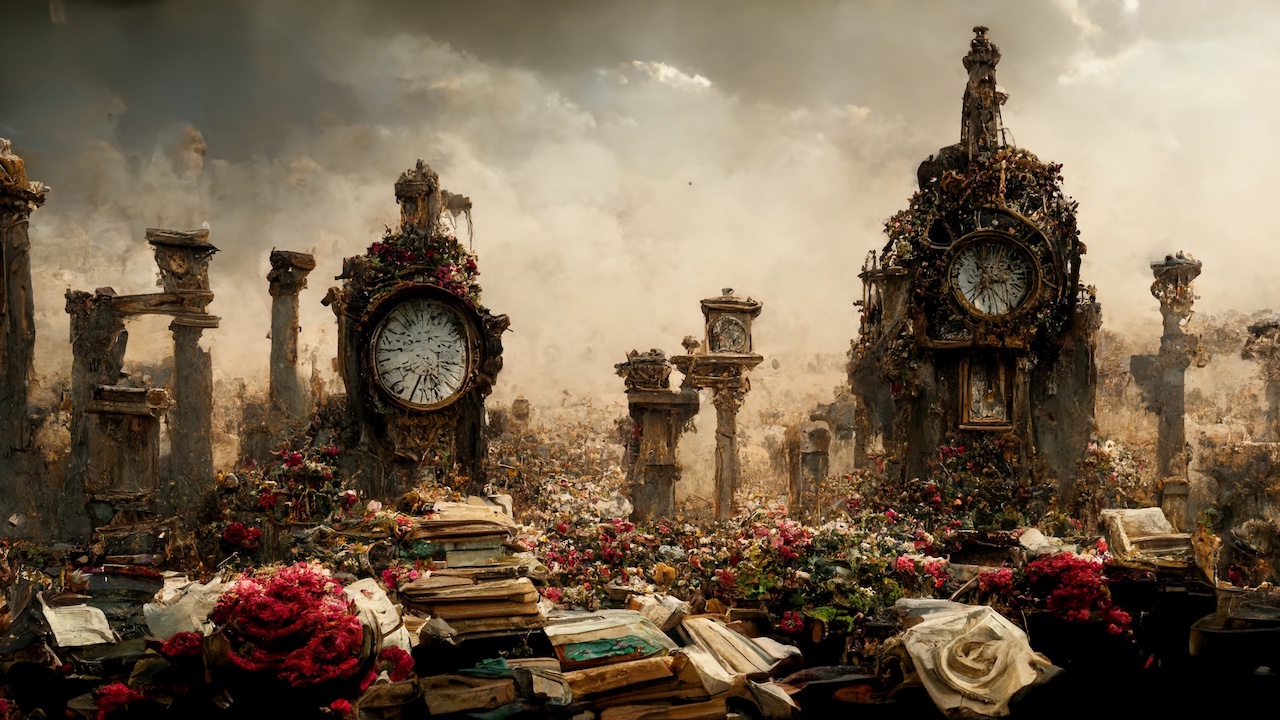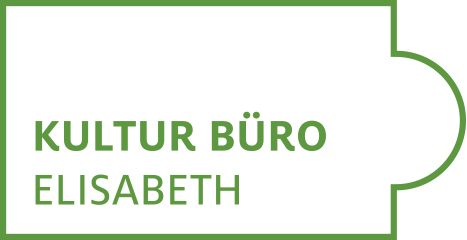
현악 사중주를 위한, "무한의 장미"
Nov 2018, Jupiter Quartet, Krannert Center for the Performing Arts, Urbana, US
Entire movements:
Live Recording from the World Premiere, The Kairos Quartett
Oct 3 2020, Villa Elisabeth, Berlin, Germany
PART 1
I. Quaerendo Invenietis II. The Thorn of the Sung Rose
PART 2
III-1. Ricercar
Excerpt from III-2. Cavatina: "that the Lord will show to my dead eyes"
Second Excerpt from III-2. Cavatina: "that the Lord will show to my dead eyes"
III-3. Coda: "Masks, Agonies, Resurrections"
“Quaerendo Invenietis,” first movement from Unending Rose, with Score
Awards and supports:

the Theodore Presser Foundation Award in Music, 2019

Arts Council Korea – Selected for an International Exchange Program Funding in Music 2019

in cooperation with Kultur Büro Elisabeth

Ministry of Science, Research and Culture of the Land Brandenburg
Performance(s) history:



Premiere: Kairos Quartett, Oct 3 2020, Villa Elisabeth, Berlin, Germany
“The Thorn of the Sung Rose”
- June 2019, Mivos Quartet, June in Buffalo, Buffalo, New York, US
“Quaerendo Invenietis”
- Nov 2018, Jupiter Quartet, Krannert Center for the Performing Arts, Urbana, US
“That the Lord will show to my dead eyes” (sketch version)
- July 2018, ConTempo String Quartet, ICSS 2018, Conservatory of Music and Drama, Dublin, Ireland
Duration: ca. 45 minutes
“So the Nightingale pressed closer against the thorn, and the thorn touched her heart, and a fierce pang of pain shot through her. Bitter, bitter was the pain, and wilder and wilder grew her song, for she sang of the Love that is perfected by Death, of the Love that dies not in the tomb. And the marvelous rose became crimson, like the rose of the eastern sky. Crimson was the girdle of petals, and crimson as a ruby was the heart.
… Then she gave one last burst of music. The white Moon heard it, and she forgot the dawn, and lingered on in the sky. The red rose heard it, and it trembled all over with ecstasy, and opened its petals to the cold morning air. Echo bore it to her purple cavern in the hills, and woke the sleeping shepherds from their dreams. It floated through the reeds of the river, and they carried its message to the sea.”
Oscar Wilde, “The Nightingale and the rose,”
in The Happy Prince and Other Tales (1888).
Program notes
Unending Rose is my modest prayer, gift and homage à Saint Mary, my own version of the Holy Rosary: a musical rose, made up with pure, pristine, and unprecedented sounds. For this I devised a program which explores unknown consonance scales and harmonies from different tuning systems. Here the word ‘consonance’ hews closer to its original meaning in counterpoint–the harmonious ratios between voices (punctus contra punctum), but expanded and developed with the help of technology. I wanted to navigate a myriad of multivalent tuning systems, scales, and most of all, harmonies. My goal is to manifest the nature of this material and let the harmonies shimmer by writing a piece for string quartet for a most precise intonation.
To create an artwork with this otherworldly quality, for the first movement, “Quaerendo Invenietis,” I imagined a parallel world in which music is unlike our Western art music (à la Ligeti’s imaginary childhood world, Kylwiria), and established a short musicological history of an epic age: the birth of scale, melody, harmony, and musical drama. The second movement, “The Thorn of the Sung Rose” (from To the Nightingale), is a poetic musical sculpture of concise shapes, in which the musical materials are more celestial (even higher ratios between 16 to 32) and pure (deviation values within 3 cents, 3/100 of a half step from pure ratios), since the thorn denotes not only the agony of crucifixion, but also a pathway towards love and infinity (e.g. the symbolism of Nigredo, or the love-death theme of the nightingale in the Philomela myth, Persian fairytale, and Oscar Wilde's short story). The third, fourth, and fifth movements, “3–1. Ricercar,” “3–2. Cavatina: that the Lord will show to my dead eyes,” and “3–3. Coda: Masks, Agonies, Resurrections” respectively, form the second part of work and were completed in November 2019 and revised in 2021 after the world premiere.
Related to the microtonal American traditions by Harry Partch and Ben Johnston, the lucid harmonic material is intertwined with a wealth of complex rhythms, some of them derived from traditional sources such as the Aksak, and melodic structures from earlier Western chamber music. The five-part structure of its own logic, the internal references, and the transcendental meaning of Unending Rose has a total duration of about 45 minutes. The title is from Borges’s poem cycle, The Unending Rose, which gave me ceaseless inspiration.
The first movement, “Quaerendo Invenietis” is commissioned to be premiered by the JUPITER STRING QUARTET in November 2018. The second movement, “The thorn of the sung rose” was premiered by the MIVOS quartet at June in Buffalo Summer Festival in June 2019. The entire work was world-premiered by the KAIROS QUARTETT in Berlin in October 2020 supported by the Presser Foundation Award, Arts Council Korea, and Kultur Büro Elisabeth Berlin. The second performance at the Schloss Theater in Rheinsberg, to be supported by the Ministry of Science, Research and Culture of the Land Brandenburg, was cancelled due to the COVID-19 pandemic.
The Unending Rose
J. L. Borges, Trans., Alastair Reid
Five hundred years in the wake of the Hegira,
Persia looked down from its minarets
on the invasion of the desert lances,
and Attar of Nishapur gazed on a rose,
addressing it in words that had no sound,
as one who thinks rather than one who prays:
"Your fragile globe is in my hand; and time
is bending both of us, both unaware,
this afternoon, in a forgotten garden.
Your brittle shape is humid in the air.
The steady, tidal fullness of your fragrance
rises up to my old, declining face.
But I know you far longer than that child
who glimpsed you in the layers of a dream
or here, in this garden, once upon a morning.
The whiteness of the sun may well by yours
or the moon's gold, or else the crimson stain
on the hard sword-edge in the victory.
I am blind and I know nothing, but I see
there are more ways to go; and everything
is an infinity of things. You, you are music,
rivers, firmaments, palaces, and angels,
O endless rose, intimate, without limit,
which the Lord will finally show to my dead eyes."
